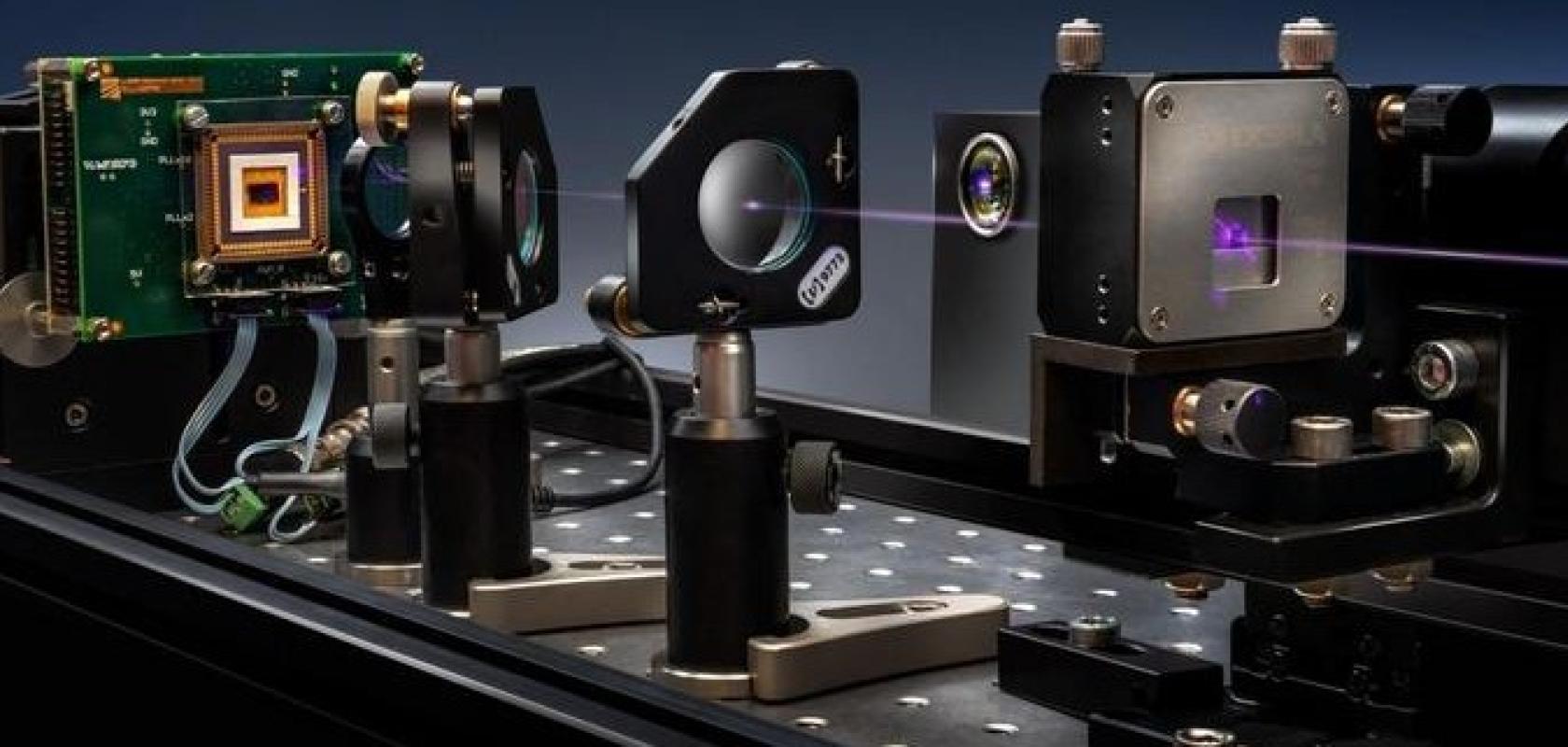A new quantum-powered technique that enables 3D imaging on a single-photon level has been developed, holding promise for medical applications.
The approach, detailed in Applied Optics, incorporates new single-photon avalanche diode (SPAD) array detectors. They apply the new imaging scheme, which they call asynchronous detection, to perform 3D imaging with quantum ghost imaging.
“3D imaging with single photons could be used for various biomedical applications, such as eye care diagnostics,” said researcher Carsten Pitsch from the Fraunhofer Institute of Optronics. “It can be applied to image materials and tissues that are sensitive to light or drugs that become toxic when exposed to light without any risk of damage.”
Pitsch added: “Asynchronous detection might also be useful for military or security applications since it could be used to observe without being detected while also reducing the effects of over-illumination, turbulence and scattering. We also want to investigate its use in hyperspectral imaging, which could allow multiple spectral regions to be recorded simultaneously while using a very low photon dose. This could be very useful for biological analysis.”
Quantum ghost imaging uses entangled photon pairs to create images. One photon interacts with the object, while the other is detected for identifying entangled pairs. This method enables imaging in low light without object-photon interaction.
However, traditional methods lack 3D capability because the intensified charge-coupled device cameras are time-gated, the researchers say. For this reason, the team used SPAD arrays developed for lidar and medical imaging, with independent pixels and precise timing. The approach involves signal and idler photons; idler photons hit the object, and backscattered ones are timed. Signal photons go to a camera, detecting photons in time and space. By comparing pixel detection times, entanglement and object depth are reconstructed.
The researchers showcased the 3D abilities of their new technique with two setups. The first resembled a Michelson interferometer, the team says, which analysed the SPAD performance and enhanced coincidence detection through separate arms. The second, using free-space optics, focused on applications. Unlike separate-arm imaging, it imaged two objects in one arm.
According to the team, the experiment showed that asynchronous detection could be used for remote detection, which could be useful for atmospheric measurements.


